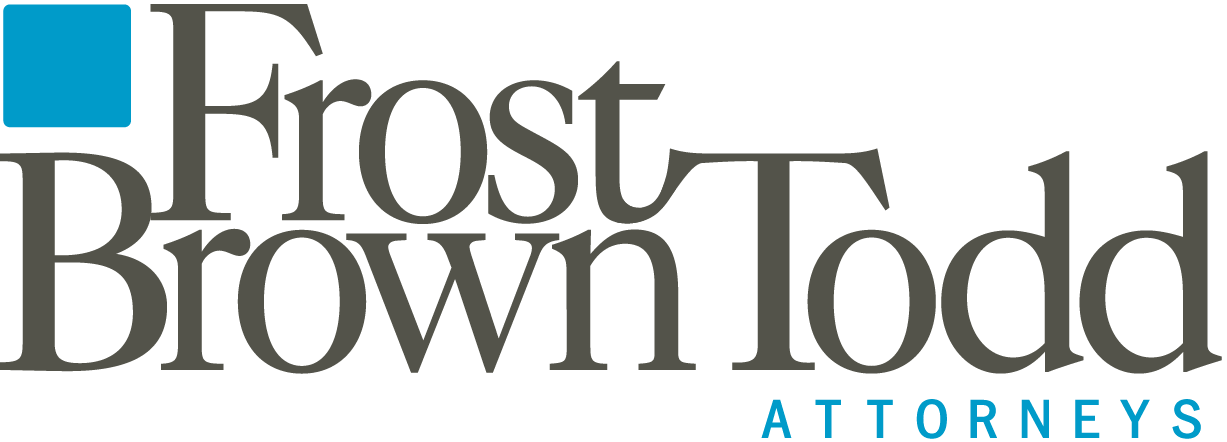An expanding business achieves success through swift recognition of new opportunities. Many business executives devote significant time to seeking new sources of revenue. Whether launching a new product line or service; expanding into a new market; or committing to a new real estate development project, decisions need to be made quickly or an opportunity could be lost. The focus is on the details of the expansion at hand. Speed to market or launch is vital.
In the quest to expand quickly, one of two mistakes is often made: (1) failing to organize a new business entity, or (2) organizing a new entity, but without sufficient structure or proper controls.
The first case can happen in any context, but it is often observed in the small business. In some cases, a separate entity is never formed. But in most cases, the original entity becomes the operational vehicle for all new ventures. Another entity just means another bank account and another set of books and records. The complexity can be intimidating.
The problem here is a loss in one unincorporated division directly impacts the whole business. And insurance may not be able to save the business. Insurance policies have limits; jury verdicts do not. One catastrophic loss can end the entire business venture.
In the second case, the rule of thumb is to organize a new business entity even as an idea is still in development. Standard form articles of incorporation/organization are generated and filed routinely. The new entity proceeds with the same directors/managers, officers, and business address; only the name changes: Acme LLC, Acme 2 LLC, Acme 3 LLC, and so on. Before long, the corporate formality gets lost in the details of operations. Activities blend, and documentation is put off for a later date.
The problems that can arise in the second case are more nuanced. Corporate form is more than mere formalities. Every business entity has its own distinct identity. If separate identity is not recognized that same catastrophic loss of the first case can do just as much damage in the second case.
Piercing the limited liability veil is often associated with a single business owner operating a business entity as an alter ego. However, piercing is also successful where a group of separate entities are used without any distinct lines between them. Piercing the veil generally requires two distinct findings: (1) thin capitalization or complete control of daily operations by a central or single shareholder; and (2) some unjust purpose, which can be actual fraud or improper documentation of funds flowing among related entities. For a more in-depth analysis of factors associated with piercing the limited liability veil, read our article “Rational Controls to Minimize Veil Piercing.”
When related entities share personnel or resources without documentation, a very large risk exists that a creditor of one entity may pierce the limited liability veil of a second related entity to recover for a loss associated with the first entity. Launching a new venture within a new business entity is generally preferred over simply folding it into an existing entity. However, it is important to devote sufficient time and resources to ensure new entities are treated as separate and independent. Successful businesses address not only form, but substance.
For more information, contact Alan S. Meek or any attorney with Frost Brown Todd’s Insurance Regulation & Risk Management practice group.
